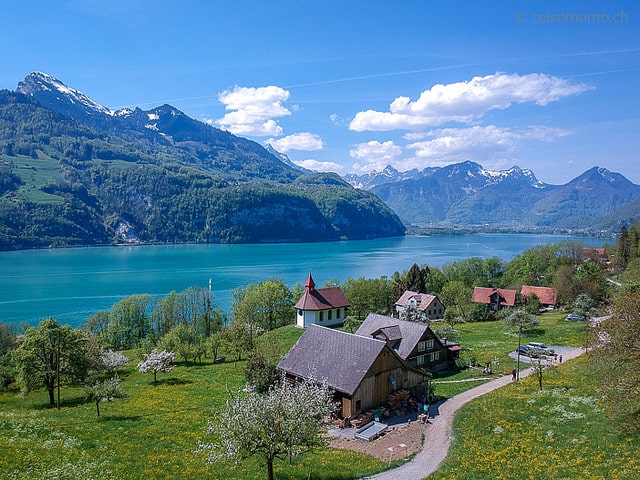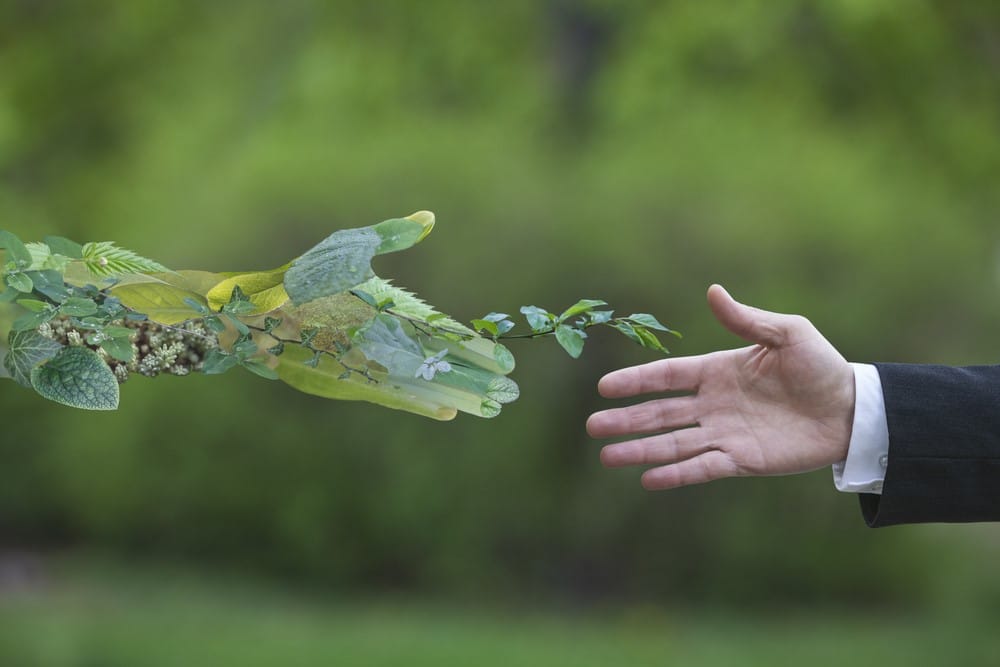
Why Have These 5 Countries Got the Rest of the World Beat When It Comes to Green Living?
A healthy environment nurtures healthy people. This idea is increasingly being accepted all around the globe, and rightly so. That’s precisely why the world is doing everything it can to address different environmental issues.
Individually, there are many things you can do to help the environment. For example, having a building survey done before you buy a house will give you a good idea of its energy efficiency, insulation, etc. And if insulation is an issue, there are many different ways to insulate your home.
You can also take advantage of home automation systems to help reduce your utility usage. This will help lower your home’s carbon footprint and your energy bills at the same time. Even something as simple as using natural eco cleaning products at home can go a long way.
The Top 5 Green Living Countries
Doing your bit is important, but what about the rest of the world? Every year, the Environmental Performance Index (EPI) ranks countries worldwide as to how well they can keep their environments clean and safe.
The goal is to provide other countries with insights on the best practices and guidance to become leaders in sustainability. After all, everyone can and should learn from one another especially if it makes the world a better place to live.
So which countries top the list?
5. Sweden
Sweden relies on renewable sources of energy for more than half of its needs. This is one of the things that sets it apart from the rest of the world as far as eco-friendliness is concerned. In fact, the country pioneered national environmental policy, and they hope to be carbon neutral by 2045.
Transportation-wise, the trains run by SJ (a government-owned train operator), are powered by electricity which comes from renewable sources such as hydropower or wind power. The government is also encouraging people to ride their bikes more as opposed to using their cars and other means of transportation.
The Swedes also rank at the top of the ‘green shoppers’ list in Europe. They care so much about the food they eat, the organic food market grows by around 5-7 percent a year. What’s more, they are also into ‘green fashion’ with H&M (a Swedish fashion retailer), being the world’s largest user of organic cotton.
Overall, Sweden has so many initiatives all geared towards being more eco-friendly. Projects like vertical greenhouses, human-heated buildings, reduction of carbon dioxide emissions, and so much more are already on-going if not underway.
4. Malta
This country may be small compared to the other ‘giants’ of the world. However, Malta has improved leaps and bounds environmentally putting them in the number 4 spot in the 2018 EPI. What’s interesting to note is this little country wasn’t even in the top 50 eco-friendly countries before 2011.
This goes to show any country can improve their environment if they so wish, through a collective effort. However, it wasn’t so easy for Malta. This was mainly due to the country’s small size and the challenges of developing renewable energy sources.
What Malta lacks in renewable energy breakthroughs, they made up for it through drastic changes regarding cleanliness and significantly improving waste management. These measures include encouraging people to save water, buy locally-grown and recycled products, composting, stop littering, and so much more.
3. Denmark
There are only a few countries in the world that are considered clean and environmentally friendly — Denmark is one of them. Proof is the fact this country has been in the top ranks of EPI for a few years already. How they do it is quite interesting that’s for sure.
You see, the Danish government uses incentives to encourage people to become more environmentally-friendly and responsible. One example of such an initiative is imposing lower taxes on fuel-efficient and eco-friendly cars. After all, Denmark wishes to become independent from fossil fuels by 2050.
For this reason, the country is known to produce almost 140% of its energy from wind turbines. The excess energy they produce is then sold to neighbouring countries such as Germany, Norway, and Sweden. The Danes also prefer to cycle more than using their car. That’s why 90% of them own a bike while only 40% own a car.
They choose what they eat carefully and are good at keeping food waste to a minimum. One way they’re able to do this is through supermarkets offering 80% price reduction at the end of the day to prevent spoilage. Restaurants also give away unwanted food come closing time instead of just throwing it away.
2. France
Nuclear energy is clean energy, however, whether or not it’s renewable has been an ongoing debate. What makes France an impressive country is the fact that 75% of its energy requirement comes from nuclear power. What’s even more impressive is it’s able to stay clean thus, getting the top #2 spot in the 2018 EPI.
The person who played a big role in making France one of the greenest countries on earth was its former president, Nicholas Sarkozy. Back in 2007, Sarkozy set a goal of reducing French CO2 emissions by 50 percent by 2050 to prevent global warming. He had also implemented laws that made the whole country participate in making it eco-friendly and conserve energy.
Over the years, France was able to reduce air pollution, mainly because it has fewer industries in comparison to other countries. At the same time, it’s also working on de-industrialisation which aims to significantly lessen water pollution.
1. Switzerland
Going back to the statement that a healthy environment nurtures healthy people, did you know Switzerland is one of the countries with the highest life expectancy? That should be proof enough of how green Switzerland is.
Aside from that, Switzerland also has one of the highest waste-recycling rates in the whole world at 50%. In the canton of Vaud alone, the recycling rate has gone up from 15% to 57% between 1990 and 2015. Here, recycling bins can be found pretty much everywhere you go.
Hydropower supplies half of the country’s energy requirement. Along with that, Switzerland also utilises solar and geothermal energy, heat pumps, wind turbines, wood, etc. It has seen a 70% increase in the use of biofuels in 2016 as well, which should make it greener in the years to come.
A Lesson in Green
The truth is, it’s not about the rankings of the countries nor is it about how well they deal with environmental issues. What’s most important is for everyone to learn from one another and work together towards a cleaner and healthier environment. If these nations can do it, so can the rest of the world.




Post a comment